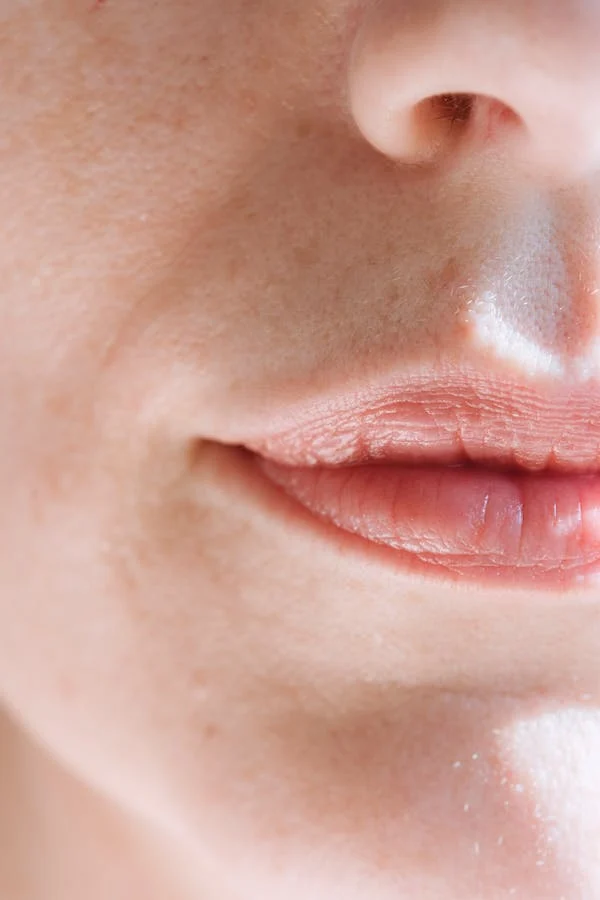Lip Augmentation in Dubai Recovery Process
- Dynamic Clinic
- May 18, 2024
- 4 min read
Lip augmentation has become a popular cosmetic procedure, offering individuals fuller, more defined lips. In Dubai, known for its advanced medical facilities and expertise, lip augmentation has gained significant traction. But what happens after you’ve had the procedure.

Types of Lip Augmentation Procedures:
Injectable Fillers:
Injectable fillers, such as hyaluronic acid-based products like Juvederm and Restylane, are the most common methods for lip augmentation. These fillers provide quick results with in short time.
Fat Transfer:
Fat transfer involves harvesting fat from another part of your body, purifying it, and injecting it into your lips. This method offers a more natural look and feel but requires a longer recovery time.
Lip Implants:
Lip implants involve surgically inserting a soft silicone implant into the lips. This method provides permanent results but has a more intensive recovery process compared to injectable fillers.
Pre-Procedure Preparation:
Consultation with a Specialist:
The first step is to have a detailed consultation with a qualified specialist. This helps in understanding your goals, evaluating your facial structure, and selecting the most suitable procedure.
Medical Evaluation:
A thorough medical evaluation ensures you are a good candidate for the procedure. This includes reviewing your medical history and any current medications.
Setting Realistic Expectations:
Understanding the potential results and limitations of the procedure is crucial. Setting realistic expectations helps in achieving satisfaction with the final outcome.
The Lip Augmentation Procedure:
Step-by-Step Process:
The procedure typically involves numbing the area with a local anesthetic, followed by the precise injection of fillers or placement of implants. The entire process usually takes about 30 minutes to an hour.
Duration of the Procedure:
Depending on the complexity and type of augmentation, the duration may vary, but most procedures are completed within an hour.
Immediate Post-Procedure Care:
After the procedure, you’ll be given specific instructions for immediate care, including applying ice packs to reduce swelling and avoiding strenuous activities.
Immediate Post-Procedure Recovery:
What to Expect Right After the Procedure:
Expect some swelling, bruising, and tenderness immediately after the procedure.
Managing Initial Swelling and Bruising:
Using cold compresses and keeping your head elevated can help reduce swelling and bruising.
Pain Management Tips:
Pain is usually minimal, but if needed, your doctor may prescribe pain medication. Avoiding hot beverages and foods can also help minimize discomfort.
First Week of Recovery:
Day-by-Day Recovery Timeline:
Day 1-2: Swelling and bruising peak; use ice packs.
Day 3-4: Swelling starts to reduce; bruising may still be present.
Day 5-7: Noticeable improvement in swelling and bruising; light activities can be resumed.
Activities to Avoid:
Avoid strenuous activities, excessive sun exposure, and smoking, as these can hinder the healing process.
Recommended Care Practices:
Keep your lips moisturized, avoid excessive movement of the mouth, and follow your doctor’s instructions diligently.
Swelling and Bruising Management:
Effective Remedies for Swelling:
Cold compresses, arnica gel, and staying hydrated are effective in reducing swelling.
Reducing Bruising with Simple Steps:
Applying arnica cream, taking bromelain supplements, and avoiding blood-thinning medications can help reduce bruising.
Diet and Hydration During Recovery:
Foods to Eat and Avoid:
Opt for soft foods that don’t require excessive chewing. Avoid salty and spicy foods that can irritate the lips.
Importance of Staying Hydrated:
Hydration is key to a smooth recovery. Drink plenty of water to keep your body and lips hydrated.
Long-Term Recovery Process:
Expected Timeline for Full Recovery:
Most patients see significant improvement within the first week, but full recovery and final results can take up to a month.
Signs of Complications:
Watch for signs of infection, prolonged swelling, or unusual pain, and contact your doctor if these occur.
Tips for a Smooth Recovery:
Best Practices for Quick Healing:
Follow all post-procedure instructions, maintain a healthy diet, and avoid any activities that may strain your lips.
Importance of Follow-Up Visits:
Regular follow-up visits with your specialist ensure that your recovery is on track and address any concerns promptly.
Common Side Effects and How to Handle Them:
Identifying Normal Side Effects:
Common side effects include swelling, bruising, and minor discomfort. These typically resolve on their own.
When to Contact Your Doctor:
If you experience severe pain, signs of infection, or allergic reactions, contact your doctor immediately.
Emotional Aspects of Recovery:
Managing Expectations:
It’s normal to have emotional ups and downs during recovery. Understanding that results improve over time can help manage expectations.
Coping with Emotional Ups and Downs:
Stay positive and patient, and seek support from friends or family if needed.
Maintaining Your Results:
Long-Term Care Tips:
Protect your lips from sun exposure, keep them moisturized, and follow a healthy lifestyle to maintain your results.
When to Consider Touch-Ups:
Depending on the type of procedure, touch-ups may be needed every 6-12 months for fillers or as recommended by your specialist.
What to Look for in a Specialist:
Look for board-certified specialists with extensive experience in lip augmentation. Check reviews and before-and-after photos.
Conclusion:
Understanding the recovery process of lip augmentation in Dubai is essential for achieving the best results. By following proper care instructions, managing expectations, and choosing the right specialist, you can enjoy fuller, more defined lips with confidence.
For More Information: How Long Does Lip Augmentation Last



Comments